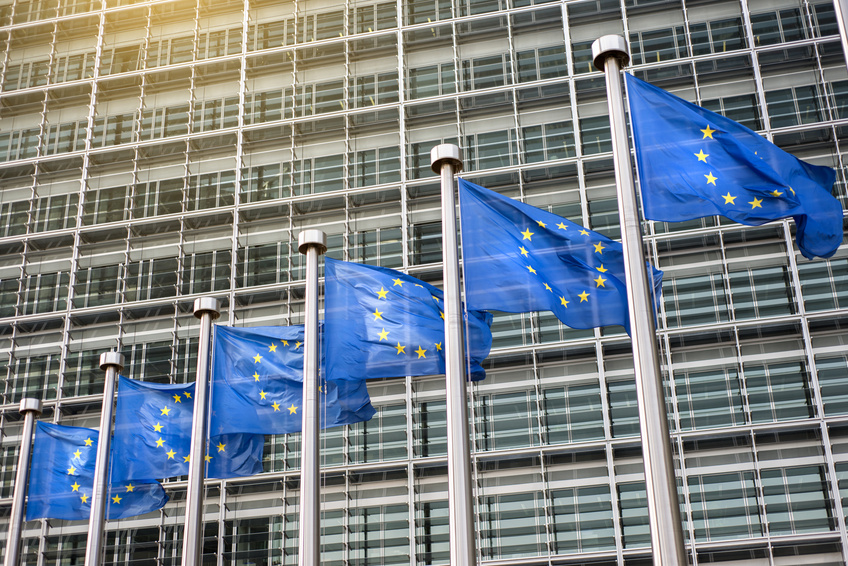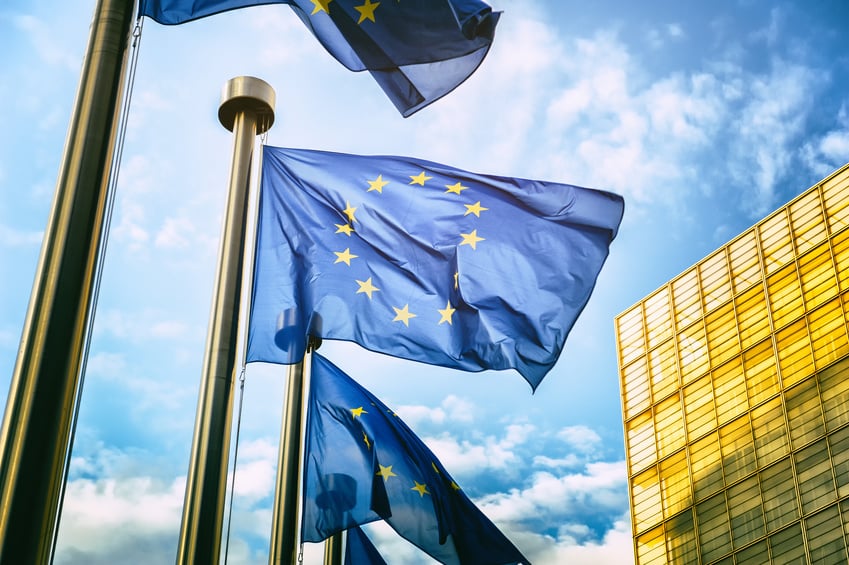In brief
The EU is currently allocating grants and loans to EU Member States to support economic recovery from the COVID-19 pandemic. Significant funding is available for reforms and investments focused on digital transformation and green transition. This alert focuses on some key opportunities for TMT business to secure investment taking Italy as an example.
Contents
- Key takeaways
- In more detail
- Italy’s National Recovery Plan
- Conclusion — a once in a lifetime funding opportunity for TMT businesses
Key takeaways
- The EU is currently distributing EUR 806.9 billion under its Next Generation EU Fund using the Recovery and Resilience Facility to allocate grants and loans to Member States under approved National Recovery and Resilience Plans (Recovery Plans).
- On 22 June 2021, Italy had its National Resilience and Recovery Plan approved by the European Commission, with European Council approval and final implementation expected in the coming weeks.
- The Italian Recovery Plan defines six missions in which funding will be invested with a central pillar being the digital mission — which is allocated EUR 40.32 billion. For example, EUR 6.7 billion will be invested in upgrading broadband and mobile network infrastructure.
- The funding now being made available under the National Recovery Plans represents a once in a lifetime opportunity for TMT businesses to avail of investment in approved digital transformation projects in Member States.
In more detail
In July 2020, the European Council approved the so-called “Next Generation EU” fund (also known as Recovery Fund) in order to help the recovery of Member States’ economies distressed by the COVID-19 pandemic. Our previous alert here provides further information.
The Next Generation EU Fund with a budget of EUR 806.9 billion includes as its centerpiece the Recovery and Resilience Facility (RRF). The RRF will provide grants and loans to EU Member States to support reforms and investments focused on digital transformation and green transition of their economies. Funds under the RRF will be distributed to Member States according to their national recovery and resilience plans (National Recovery Plans).
The deadline for submitting National Recovery Plans to the European Commission was 30 April 2021 with 24 Member States, including Italy, having submitted their plans to this date (for the latest updates see here). Upon submission, National Recovery Plans are subject to a two month assessment by the Commission and final approval by the European Council within 4 weeks as a rule. Importantly, at least 20% of expenditure must be allocated to projects that support digital transition and 37% on climate investments and reforms. Member States must commit to invest in eligible projects between approval (likely to be later this year for already submitted National Plans) and 2026.
Below we look at progress in Italy which, as one of the five largest beneficiaries of grant funding under the RRF, demonstrates the significant opportunities that will be available to TMT businesses starting later this year.
Italy’s National Recovery Plan
On 12 January 2021, the Italian Government approved its draft investment and reform plan for recovery under the name of “National Recovery and Resilience Plan” (Italian Recovery Plan). On 30 April 2021, Italy submitted the final text of the Italian Recovery Plan (which was approved also by an overwhelming majority in the Parliament) to the EU Commission. Following this, on 22 June 2021, the Commission announced its endorsement of the Italian recovery plan with Council approval and final implementation expected in the coming weeks.
The Italian Recovery Plan articulates where and how the Government plans to invest the funding that may be granted by the European Union. In particular, the Italian Recovery Plan identifies six structural areas of intervention (defined as “Missions”) as follows:
- digitalization, innovation, competition and culture
- ecological measures (green revolution)
- infrastructure for sustainable mobility
- education and research
- inclusion and cohesion
- healthcare
For each Mission there are a number of additional components instrumental to reach the goals established for that Mission.
With specific reference to the “digitalization, innovation, competition and culture” mission, the Italian Recovery Plan outlines measures relating to:
- digitalization, innovation and security of the public administration (e.g., creation of a cloud national infrastructure, interoperability among public databases, new digital services for citizens);
- digitalization, innovation and competition in the manufacturing industries (which includes the so-called 4.0 transition, high-tech investments, the deployment of very high capacity networks, the development of satellite technologies and the improvement of the Italian capabilities in the space economy as an enabler for innovative satellite services); and
- 4.0 tourism and culture.
The aggregate amount of the funding under the Italian Recovery Plan is set at EUR 191.5 billion, out of which the portion that is allocated to the “digital” mission amounts to EUR 40.32 billion. Further information is available in this Factsheet. In addition to the funding granted under the European Recovery Plan initiative, the Italian Government has also allocated supplemental funds for the purposes of the Italian Recovery Plan, so that the overall financing available from EU and Italian sources will amount to EUR 248 billion in the aggregate.
Key takeaways from Italy’s Recovery Plan
The Italian Recovery Plan will play a key role in the recovery of all sectors impacted by the COVID-19 pandemic as well as for the overall digital transformation of Italy. The Technology Media & Telecoms sector will be a critical pillar of the Italian Recovery Plan as it will be targeted with specific financial incentives and will be an enabler for other Missions. By way of example, ultra-broadband fixed and mobile network infrastructures which will receive Euro 6.7 billion in investment under the Italian Recovery Plan are recognized as the so-called General Purpose Technology that is necessary to support the achievement of the objectives under the Digital Compass EU Strategy — a major tool to boost productivity and economic growth.
Conclusion — a once in a lifetime funding opportunity for TMT businesses
TMT stakeholders should navigate through all the envisaged measures and priorities set out in the respective National Recovery Plans. We recommend to carefully map out now and keep under review investment plans for the EU and assess whether they are likely to attract this once-in-a-lifetime funding. Member States will need to expedite their investment plans ahead of the 2026 deadline.
Indicative examples of eligible projects in the EU include:
- investments/projects facilitating (faster) deployment of very high speed fixed (gigabit broadband) and wireless (5G) connectivity — e.g., 5G-infrastructure projects;
- ICT infrastructure projects such as data centres that comply with the European Code of Conduct on Data Centre Energy Efficiency; and
- development of (software) solutions for digitalizing public administrations.
Well-prepared TMT businesses which act now to understand the funding priorities of the EU and its Member States and have, for example, considered compliance with any applicable procurement or state aid rules will benefit from the significant opportunities on offer.




